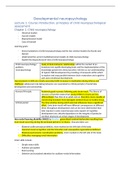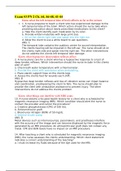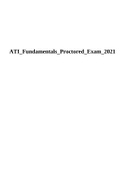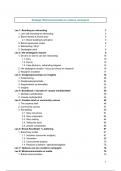Samenvatting
Summary Developmental Neuropsychology (PSB3E-CN03)
- Instelling
- Rijksuniversiteit Groningen (RuG)
Summary of the book Developmental Neuropsychology: A Clinical Appraoch (2nd edition) by Anderson, Northam and Wrennal (2019). This book is used in the third year course Developmental Neuropsychology given at the University of Groningen during the bachelor psychology. Chapters (in order of the lectu...
[Meer zien]









